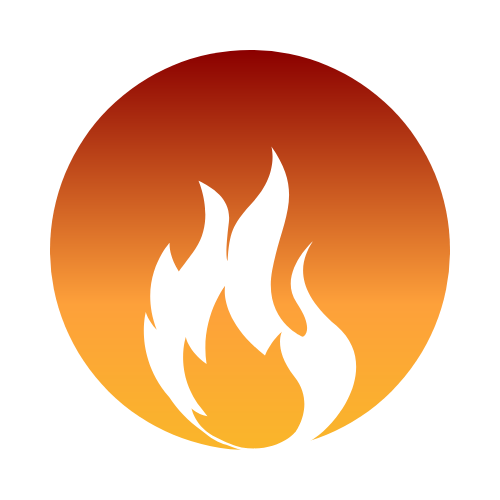Training
Live Fire Train the Trainer
Live fire is some of the most exciting and valuable training that firefighters can get. However, safe, effective, repeatable, NFPA 1403 compliant training requires an immense amount of experience and coordination. The ability to conduct this type of training well is a skill set in itself and has little to do with how effective a department is at fighting fires. Evolutions on the fly and the “campfire in a corner” should be a thing of the past. A formal training program that is based on scientifically proven principles of adult learning and stress inoculation delivered by a skilled cadre of experienced instructors is essential to an effective and safe learning environment.
WCFT offers train-the-trainer courses in both fixed facility and acquired structure live fire training for departments that wish to adopt our techniques, policies, and procedures.
Fixed Facilities
The fixed facility train the trainer program is designed to develop your cadre of instructors to the point that they can safely put on realistic, high value live fire training in your facility. Regardless of the size or complexity of your building our program can help you lift your training to the next level of both effectiveness and safety.
The class is three days of intensive instruction. Each day starts with a brief lecture followed by a full day of live fire training in your facility. Extensive pre-study is required of each student so that minimum time is spent on lectures and maximum time can be spent in hands on training.
Acquired Structures
The acquired structure train the trainer teaches your cadre how to effectively and safely deliver high quality live fire training in the most realistic environment that you can get. The department must have an acquired structure available for the course.
For more information on either of our train the trainer courses please contact us at the email below.
Training Philosophy
WCFT is committed to making all of our fires 1403 compliant. In our experience, it is quite possible to achieve realistic fire presentation with fuels that conform to the standard.
In the majority of live fire training, the fire is regarded as a prop and the volume of fire is not important. At WCFT the fire is not a prop, it’s the point. As an industry, we must acknowledge that a high volume of repetitions fighting a small, “campfire in a corner” does not prepare students for the reality of a real fire.
Our philosophy of quality over quantity means there we build fewer fires but the learning value of each is much higher.
With a larger fire, students are able to see the effects of proper use of the hose stream. The nozzle firefighter is coached through the entire attack so that they properly use the reach of the stream to coat and seal the environment ahead of them. The attack is filmed on a TIC for review by all students.
Most live fire training is not actually training on fire. Instead, it involves performing a task with a fire somewhere in the vicinity. This focus on tasks inhibits the student from seeing and experiencing how the environment changes as the fire grows and is then extinguished.
At WCFT we believe the majority of firefighting skills can be drilled to near mastery without the presence of fire and as such the purpose of live fire training should be to show students how fire reacts and changes as it grows and as we conduct our standard fire ground tasks of extinguishment and ventilation.
Despite all our training and gear, most people are simply not familiar with, and as a result not comfortable in, the live fire environment. One of our goals is to normalize live fire. By placing students in a position to observe all stages of the fire from ignition to extinguishment. They are given a better understanding of what they can accomplish with their gear and the tools at their disposal.
Also, most training during a live fire is high paced and stressful. This creates an unconscious baseline of stress whenever students face a fire. By removing the need to perform a task and emphasizing the positive aspects of the learning process we attempt to redefine live fire as a place where calm, cool, collected actions are the norm.
During the course of our burns students get to see and feel the interior and exterior conditions from ignition to extinguishment. Tying these pieces together allows them to begin to predict interior conditions with exterior observations and vice versa. This permits them to make more informed choices about when and where it is safe to make entry, which areas are affected by the fire and where there are survivable spaces.
WCFT uses high volume water flow fire attack proven by years of experience and the research conducted by UL FSRI.
